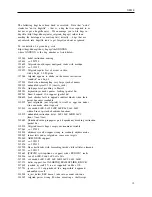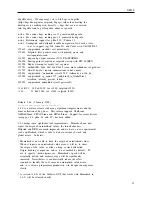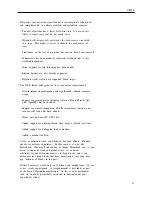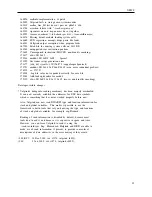
NEWS
itself segfaulting, or failing to read debugging information.
Hence, in this scenario, it suffices to check whether or not
any output appeared on the text channel.
If yes, then it is
likely to be a critical error which should be brought to the
attention of the user.
If no (the text channel produced no
output) then it can be assumed that the run was successful.
This allows GUIs to make the critical distinction they need to
make (did the run fail or not?) without having to search or
filter the text output channel in any way.
It is also recommended to use --child-silent-after-fork=yes in
scenario (2).
* Improvements and changes in Helgrind:
- XML output, as described above
- Checks for consistent association between pthread condition
variables and their associated mutexes are now performed.
- pthread_spinlock functions are supported.
- Modest performance improvements.
- Initial (skeletal) support for describing the behaviour of
non-POSIX synchronisation objects through ThreadSanitizer
compatible ANNOTATE_* macros.
- More controllable tradeoffs between performance and the level of
detail of "previous" accesses in a race.
There are now three
settings:
* --history-level=full.
This is the default, and was also the
default in 3.4.x.
It shows both stacks involved in a race, but
requires a lot of memory and can be very slow in programs that
do many inter-thread synchronisation events.
* --history-level=none.
This only shows the later stack involved
in a race.
This can be much faster than --history-level=full,
but makes it much more difficult to find the other access
involved in the race.
The new intermediate setting is
* --history-level=approx
For the earlier (other) access, two stacks are presented.
The
earlier access is guaranteed to be somewhere in between the two
program points denoted by those stacks.
This is not as useful
as showing the exact stack for the previous access (as per
--history-level=full), but it is better than nothing, and it’s
almost as fast as --history-level=none.
25
















































